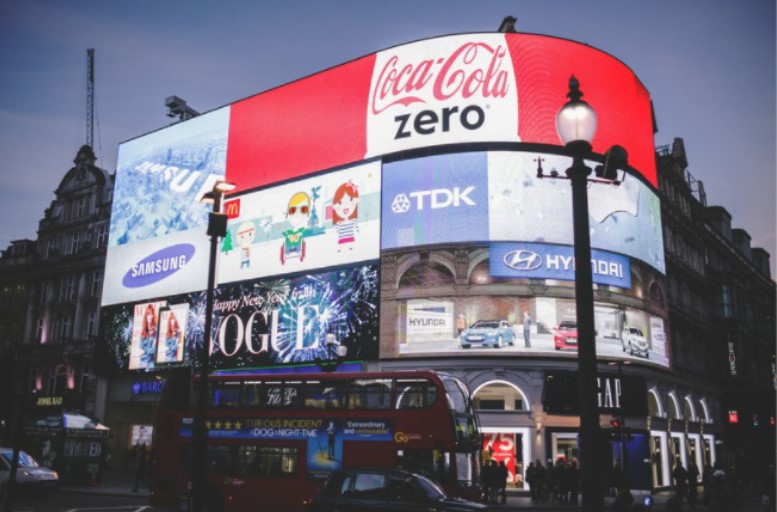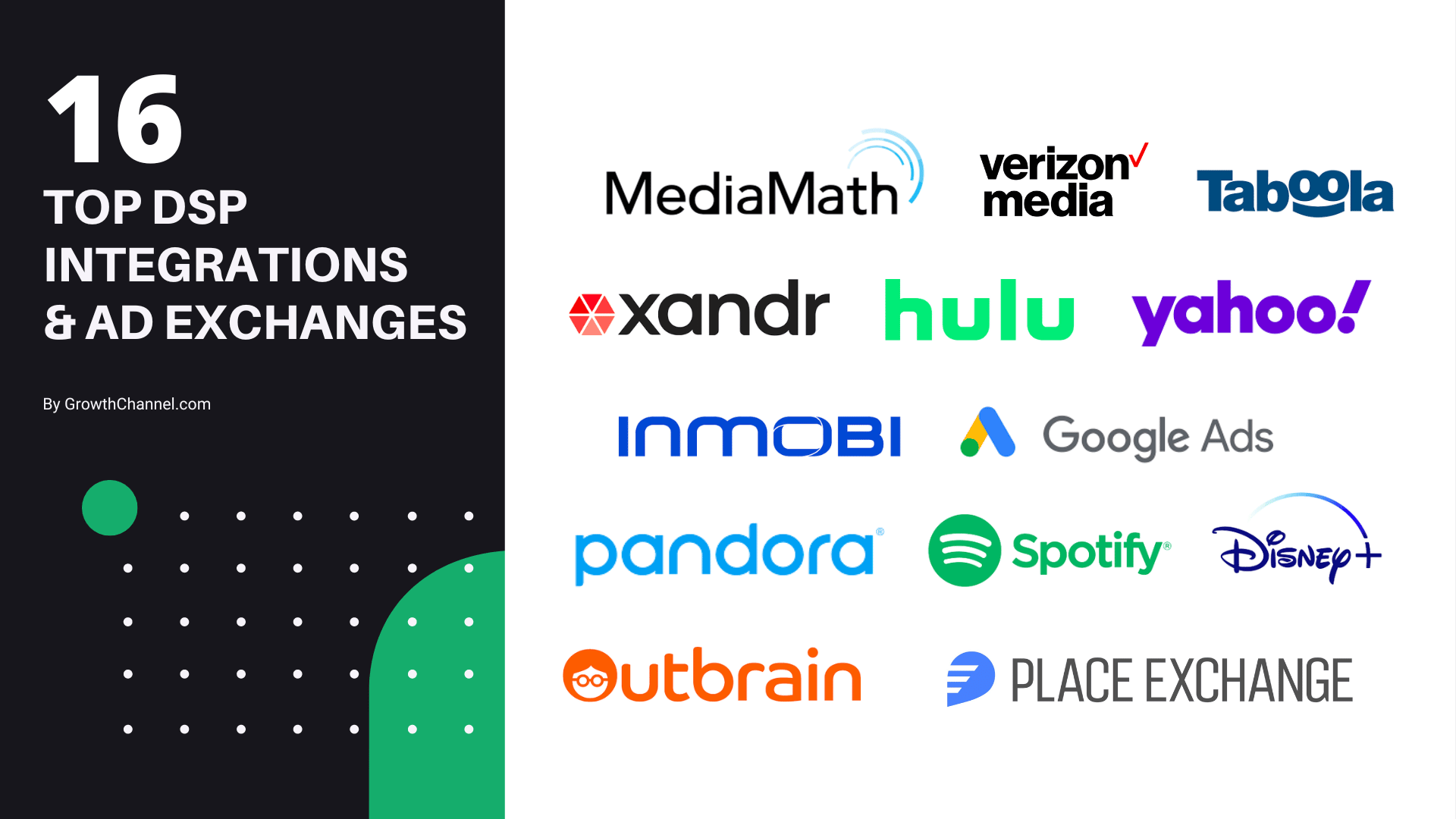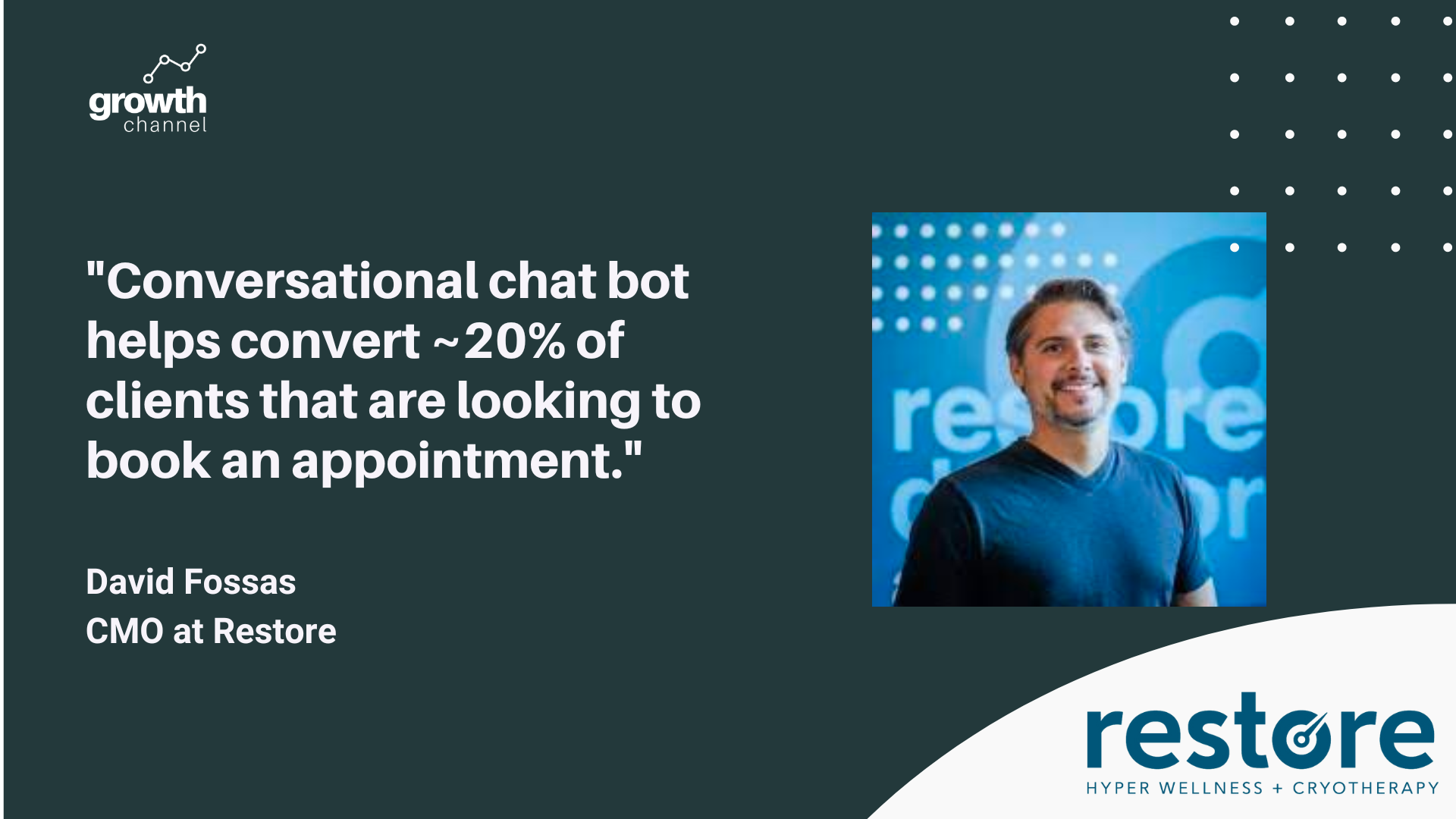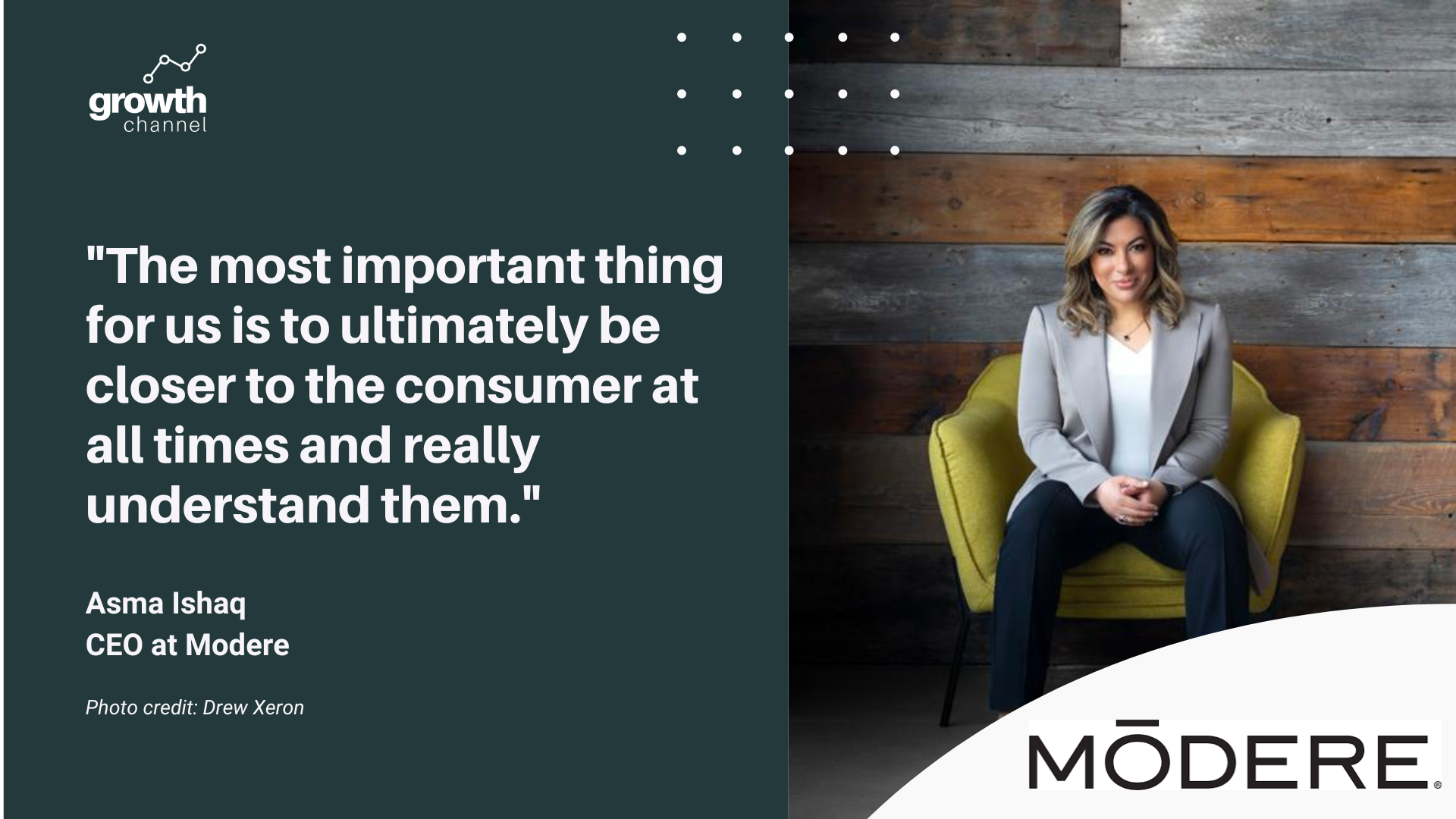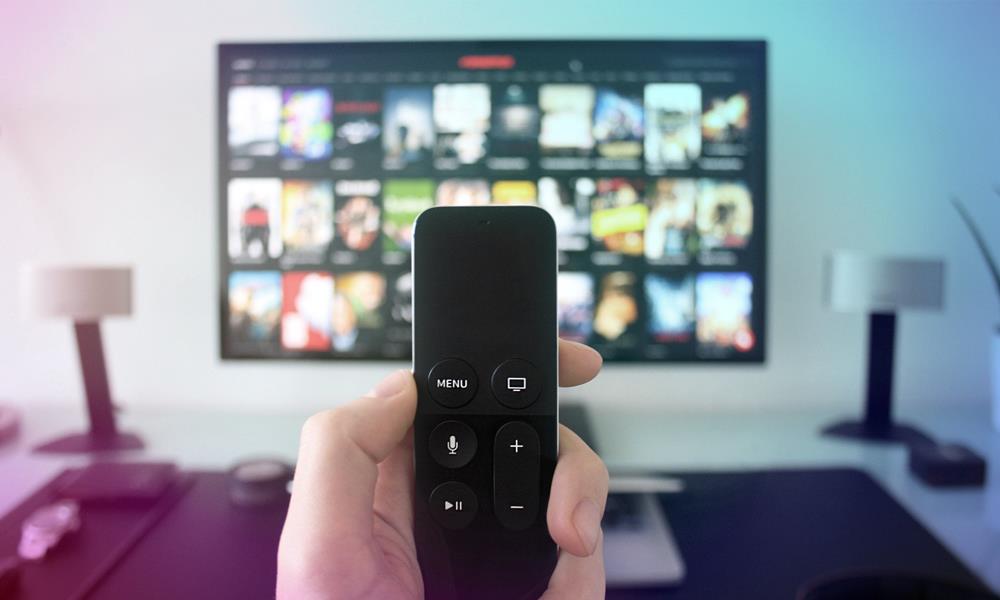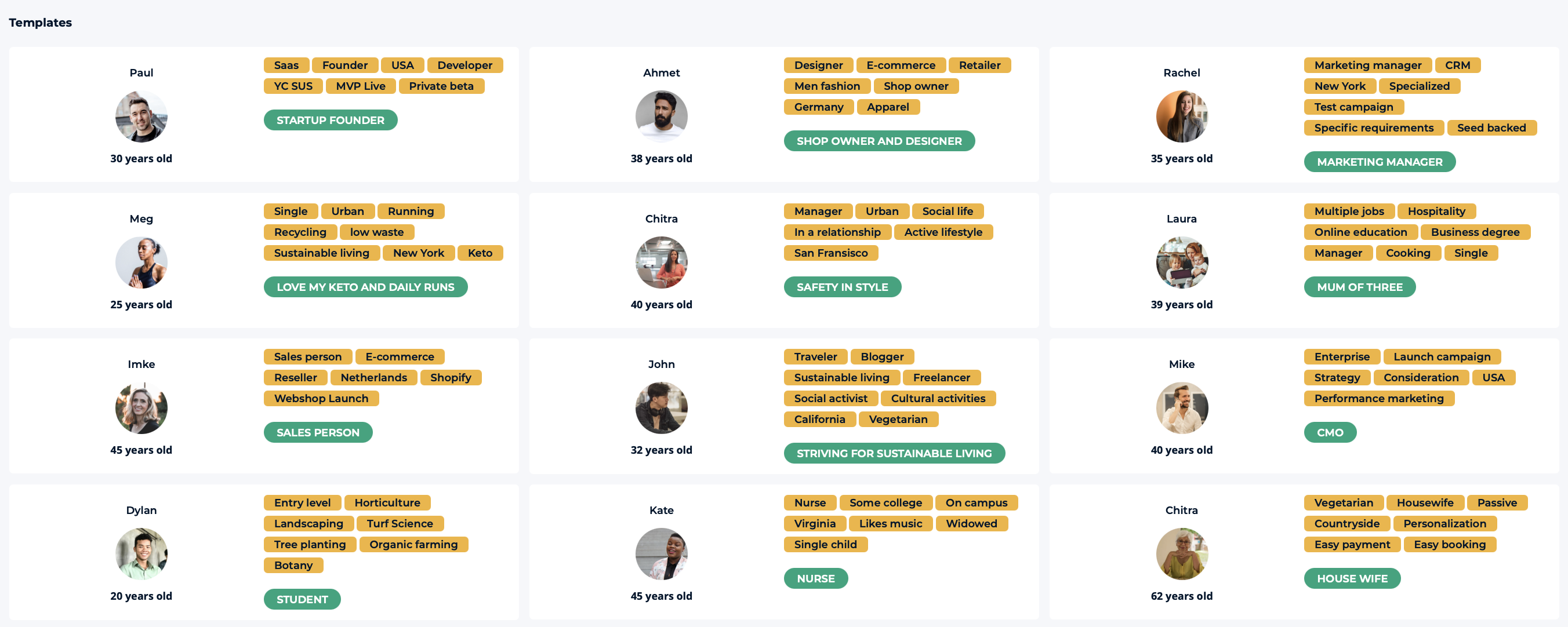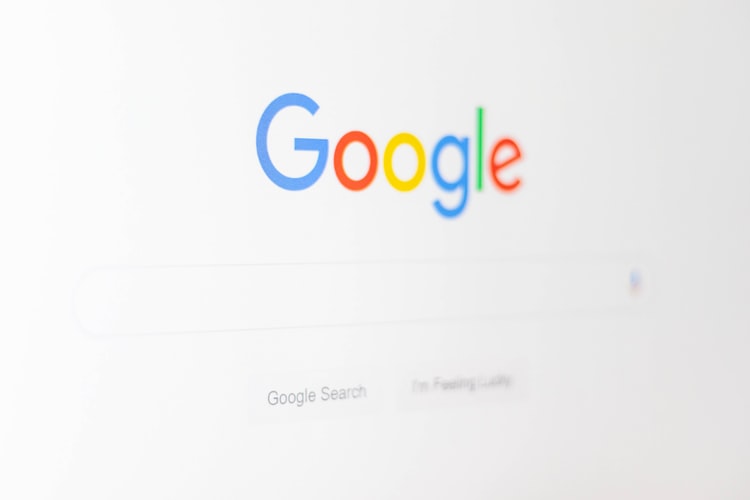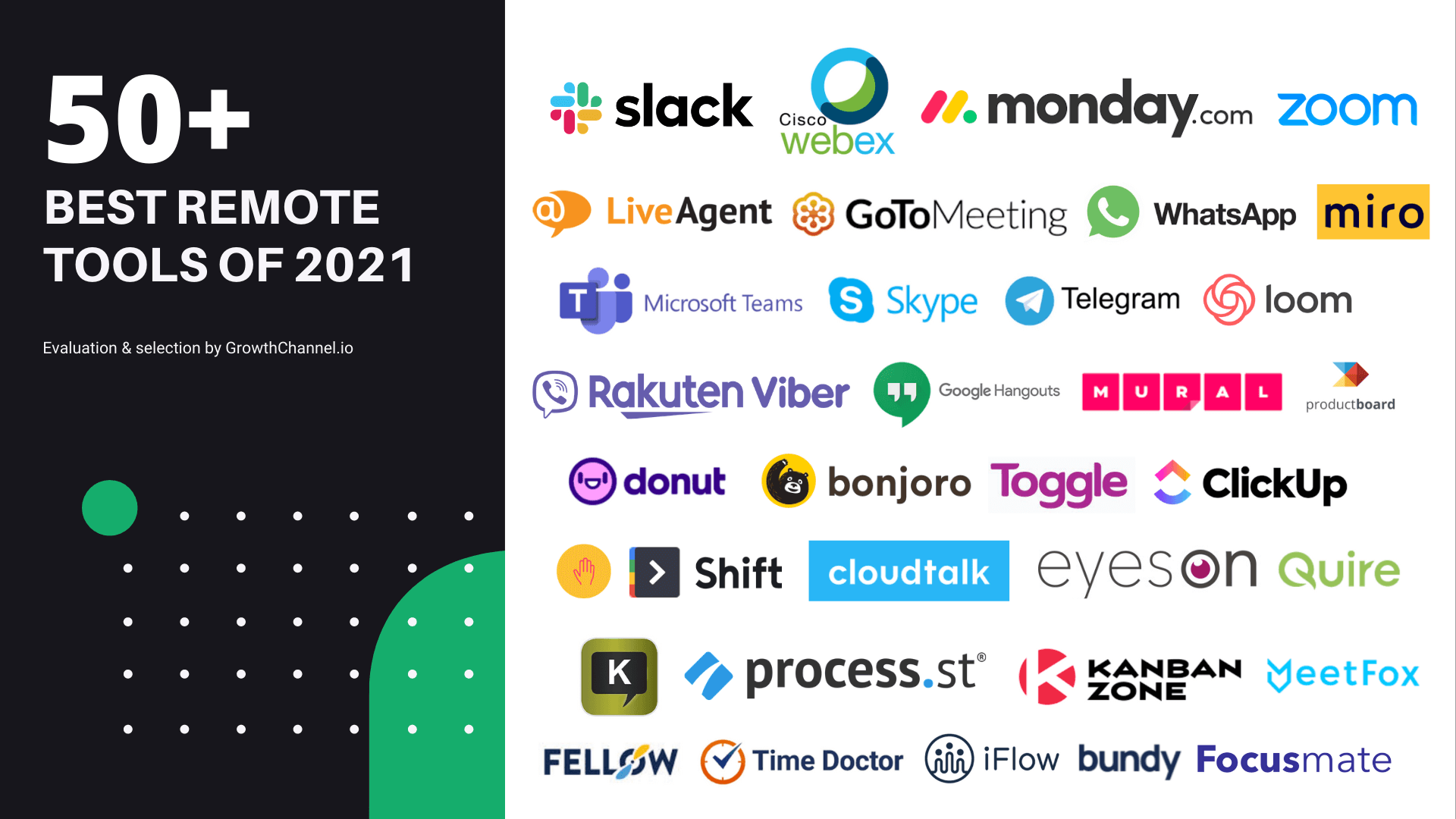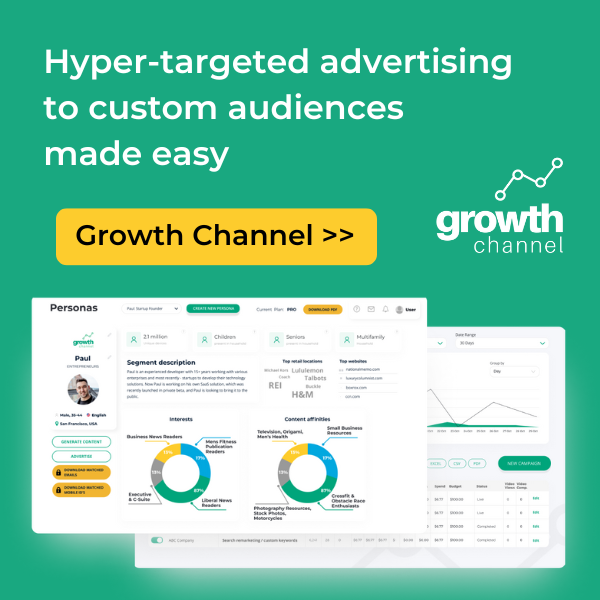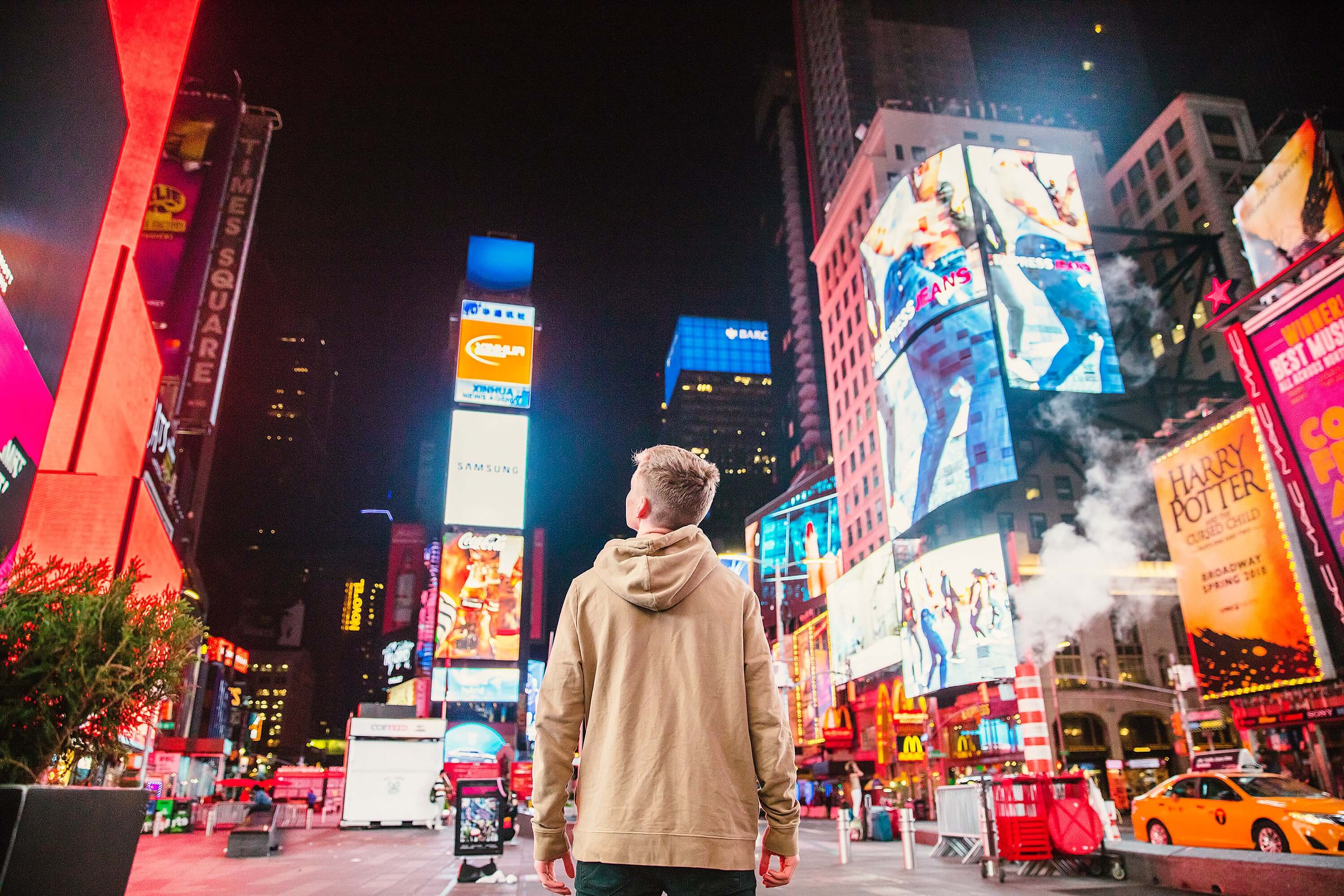Digital-out-of-home advertising, or DOOH, has taken the world by the storm over the past decade. With advances in technology, increasing advertising budgets, and mounting competition, brands are turning to DOOH as a way to reach more consumers and innovate the traditional advertising industry.
What is DOOH?
Before companies could create television commercials, target ads on social media, or send a coupon directly to someone’s email inbox, they had to rely on out-of-home advertising (OOH). Think of billboards on the side of a busy highway, posters on the sides of bus and train stops, newsstands, kiosks, wallscapes, murals, flyers posted on streetlights or telephone poles, and mobile ads on the sides of buses and taxis. While OOH may not be new, and traditional forms of OOH certainly still exist, the advertising channel is undergoing an extreme makeover. As society becomes more focused on technology and innovation, OHH is shifting to a data-driven, digital version, known as digital-out-of-home (DOOH).
Digital-out-of-home advertising is a marketing channel used to describe any type of digital promotional material that appears outside of the home, in public places. For example, electronic billboards like the ones in New York’s Times Square, TVs in a mall food court, digital screens in subway entrances, and digital kiosks in places with heavy foot traffic are all examples of DOOH. Unlike social media and search ads where you can go granular on demographic targeting and keyword searches, DOOH advertisers focus a lot on on contextual advertising and location marketing techniques. This helps DOOH advertisers create engaging and eye-catching ads that capture consumers’ attention and persuade them to further engage with the brand in that specific location.

OOH and DOOH are expected to see steady growth in the coming years. According to WARC’s Global Advertising Trends report, OOH is forecasted to be the second fastest growing medium in 2021, with ad spend rising about 20%. Research And Markets predicts that the DOOH industry will reach $35.1 billion by 2027, growing at a CAGR of 9.3%. Given that the average U.S. citizen spends 70% of their time outside of their home, it makes sense that brands are investing more in DOOH campaigns.
What is programmatic DOOH?
Buying and selling traditional OOH advertising space used to take forever, and often shut out smaller businesses who couldn’t afford to pay steep prices. Buyers and sellers would often have to communicate back and forth constantly in their negotiations, and the use of middlemen only made the process more complicated. Companies would likely have to be located near the space they were bidding for, so they could set up their ad if they won. Further, only one company could occupy an ad space at a time.
Programmatic advertising solves many of these issues and makes the process of buying and selling ad spaces much more efficient. Programmatic DOOH advertising (pDOOH) occurs when the buying and selling of digital media spaces are automated using a computer program. Bidding happens in real-time, and the highest bidder wins the right to the ad space. Programmatic advertising is more transparent, leads to less complex negotiations, and makes it easier to track expenses and revenue. It eliminates the need for brokers and middlemen and makes it easier for smaller buyers to bid on ad spaces. With DOOH, changes in ownership and creatives can be implemented quickly, and media buyers and sellers no longer have to live near the media units they’re exchanging, decreasing operational costs and increasing efficiency. Since DOOH advertising units are dynamic, sellers can maximize revenue by selling play time to more than one advertiser, and advertisers can share media costs. Programmatic also makes it easier for advertisers to optimize campaigns by moving budgets around, adjusting the media units they own, and changing the ads they’re running.

Benefits of DOOH
Impossible to ignore - DOOH displays have the opportunity to make an impression on a large audience. While people find online ads a nuisance, often ignoring banner ads, clicking out of popups without reading them, setting ad blockers, and skipping YouTube ads, DOOH displays are hard to ignore. You can’t skip them, turn them off, and rarely walk by without seeing them. For this reason, they’re great at increasing brand awareness. And when done correctly, audiences can actually be excited to interact with a DOOH display.
Improved data collection - traditional OOH advertising lacks key metrics that advertisers rely on to measure performance. How does a regular billboard keep track of how many cars drive by it? How do you know if anyone stopped and read the flyers you posted on the neighborhood bulletin? How can you retrieve audience segmentation data? In short, you really can’t. By tapping into the web and the Internet of Things, data from DOOH displays is much more accurate and granular. DOOH displays can be integrated with various types of sensors and software, which give advertisers insights into how many people viewed their ad, who viewed their ad (age, gender, etc.), and what time of day the ad was most popular.
One trend right now in data collection is that many digital displays are moving their data to the cloud. For example, some roadside kiosks in New York with digital ad displays are connected to the web and offer free wifi to the public. While this certainly benefits the public, it also allows the kiosk to accurately track how many devices are connected to it, as well as collect information about those devices.
Cost savings - DOOH displays may be a significant upfront investment, but they offer high returns. With traditional OOH advertising, it takes time and money to print a new creative, travel to the media unit, and remove and replace the old creative. Plus, the process of buying and selling ad space is complex and often requires a lot of back and forth communication. With DOOH, much of the process is automated and managed by computer software, known as a demand side platforms (DSP). Advertisers can buy new ad space and update creatives with a few clicks. For example, Magnum Ice Cream used programmatic technology to run ads simultaneously across the United States, with digital billboards in Boston, New York, Los Angeles, and Washington D.C. Changing ownership is quick and requires no installation costs. Plus, many digital displays run through a variety of ads, so companies can share the cost of the ad space with others.
Durablity - DOOH is more secure than traditional OOH advertising spaces. All modern digital displays are built to withstand harsh weather conditions. This way, ads can be played year round without much need to upkeep or repair the devices. On the other hand, traditional OOH ad spaces experience everyday wear and tear. It’s common for the creative to rip, fall apart, sustain water damage from rain or snow, or lose its luster after a period of time. In some cases, the OOH display itself may even break.
Dynamic - the digital aspect of DOOH means that companies are no longer confined to a single static image. They can create videos, moving images, slideshows, animations, interactive games, and so much more. For example, in an ad for HP, a cartoon version of tennis superstar Serena Williams fought a robot across ten digital screens in New York’s Times Square.
When compared to OOH and other forms of advertisement, like native and display ads, DOOH offers many more opportunities to capture attention, engage directly with audiences, and try out a new innovative idea. Digital displays can also cycle through a variety of ads at the desired frequency, which increases viewability and leads to more engagement than a static banner ad.
Another popular DOOH trend right now are omnichannel campaigns, where companies run similar ads on mobile, desktop, digital displays, and other marketing channels. This really enhances the brand experience for the consumer and creates one clear, consistent, and cohesive message. Audi’s 2011 A7 Bold Design campaign in Times Square is a great example of an omnichannel campaign. The ad directed viewers to a landing page, included a number to text to learn more information and a scannable QR code, and promoted the Twitter hashtag #bolddesign.
Variation and personalization - the digital aspect of DOOH makes it easy to send creatives to the media unit, giving advertisers the flexibility to change and update ads. Advertisers can easily play different creatives based on the weather, time of day, traffic patterns, who’s interacting with the ad, and more. Smirnoff created ads for their summer cider that only appeared when temperatures in the UK exceeded 20℃. When promoting the new Baywatch movie in 2017, advertisers used location data to identify the 16 coldest cities in the United States and published ads with the tagline “Frostbite. Summer is Coming.”
Responsive - traditional OOH displays take a long time to update or replace, but digital campaigns can quickly be created, uploaded, and sent to media units. This gives advertisers a chance to get more personal and create ads that are highly relevant and relatable. The responsiveness of DOOH played a major role during the COVID-19 pandemic. For example, many brands quickly pivoted their advertising strategy, creating more relevant content, encouraging individuals to wear masks and get vaccinated, and celebrating the many contributions of front-line workers. At the beginning of the pandemic, Outsmart, the OOH trade body in the UK, partnered with Mother London to show gratitude to essential frontline workers. The campaign used lighthearted language to thank and celebrate key workers who were incredibly valuable during the pandemic.
Solidify the brand experience - DOOH displays are commonly seen outside of a company’s store. However, in-store DOOH displays are also gaining popularity, as they’ve proved to be a great way to direct traffic, highlight particular products, and secure the final sale.
10 innovative DOOH campaigns
One of the advertisement goals is to make a long-lasting impression in the mind of consumers. While it’s great if an ad directly leads someone to make a purchase, the main benefit of outdoor advertising is to increase brand awareness. The hope is that when a consumer is ready to make a purchase, they’ll remember a brand’s specific ad campaign and choose to interact with that brand further. This strategy works well, as companies’ advertising budgets and revenue have a positive relationship (companies that spend more on advertising generate more revenue and control a larger share of the market). Coca-Cola spends an average of $4 billion on advertising, and has been the leader in the soft drink industry since 2004, achieving a market share of 43.7% in 2019.
DOOH campaigns can be very memorable. As we’ve discussed, companies have the opportunity to push the boundaries and really surprise audiences with their DOOH campaigns. With technology advances, access to the entire digital ecosystem, and extremely creative advertisers, the chances for innovation are high. Here’s some of the most memorable DOOH campaigns from the world’s biggest brands:
1. Coca-Cola’s drinkable advertising
In 2015, Coca-Cola created the first ever omnichannel drinkable campaign with the tagline “Drink an Ad.” They started by building regular OOH billboards that served actual Coke Zero. Then, they partnered with Shazam on a TV commercial. By Shazaming the ad, the Coke Zero bottle on the TV screen poured Coke into a glass on the viewer’s mobile device. Everyone who interacted with the ad was rewarded a coupon for a free Coke Zero. Coca-Cola also used print, flyers, radio, and DOOH posters that, when Shazamed, turned peoples’ phones into straws that could be used to “drink” the Coke on the display screen.
2. GMC uses facial recognition to create a personalized ad experience
When promoting their next-generation Acadia SUV, GMC used facial recognition to play different variations of their ad, depending on who was interacting with their DOOH display. The display used cameras to anonymously detect an audience profile, like age, gender, and expression, and then used artificial intelligence to respond with one of thirty different targeted creatives. As people engaged and interacted with the digital kiosks, the creative would invite them to play games, like a staring contest.
3. Apotek’s DOOH display recognizes cigarette smoke
DOOH displays can react to their physical surroundings, and Swedish pharmacy brand Apotek took advantage of this feature to launch an anti-smoking campaign. Their displays had sensors that were able to detect smoke, activating whenever someone smoking a cigarette walked past. The creative featured a coughing man, followed by a promotion for nicotine patches. The display even used location data to direct smokers to the nearest store where nicotine patches were being sold.
4. Foodora stays relevant with ads that change based on external factors
The German-based online food delivery service foodora used a programmatic targeted DOOH campaign to increase awareness of their pick-up option. The company bought ad space on 50 display units in office buildings across three German cities. They then used data triggers in their DSP to customize their campaign based on factors like weather (promoting delivery on rainy days and pick-up when it was sunny), time of day (featuring lunch options during the afternoon and dinner at night), and location (encouraging pick-up at a local restaurant). Using location data, individuals near a screen were also served mobile ads to increase campaign reach.
5. Guinness directs fans to pubs serving their drinks
Using DOOH displays to drive customers to a physical location is a great technique. For example, during the men’s rugby Six Nations Championship in 2017, Guinness used DOOH displays to direct fans to pubs that were serving their drinks. And to take their campaign one step further, the displays automatically updated, directing people to the next closest location when the nearest pub reached its capacity limit. Rigged with sensors, participating pubs were able to capture football data, which helped the DOOH displays tailor their creative in real-time. Before the RBS 6, Guinness also used their London displays to serve ads including upcoming matches, kick-off times, and distances to local pubs.
6. McDonalds relies on traffic patterns
McDonalds used real-time data from Google Traffic to display relevant advertisements designed to get drivers to visit their restaurants. The campaign reacted to the amount of traffic in a specific location and sent a relevant creative to each roadside digital billboard. The creative would change throughout the day, presenting traffic-related messages during morning and evening rush hours. The campaign lasted for about a week and spanned ten different cities.
7. Toyota displays users’ drawings to everyone in Times Square
When promoting their Prius in 2009, Toyota created an interactive DOOH ad in Times Square that let people draw on their billboard. After downloading the Prius iPhone app, users were able to sketch, sign, and submit their own drawing. The Toyota digital billboard then cycled through the drawings, displaying them to everyone in busy Times Square.
8. Google’s creatives answer popular search queries
Google’s responsive “Make the Most of Summer” campaign in the UK highlighted popular local and seasonal queries from Google Search and Google Maps. The main goal of the campaign was to provide useful information, like search results, star ratings, and business hours, to those who saw the digital ads. In some locations, the creative even reacted to the weather, temperature, or time of day, presenting the most relevant ad in that exact moment.
9. CVS highlights unaltered selfies from their audience
During their Beauty Mark campaign in 2019, CVS used a DOOH display to encourage people to post unedited selfies of themselves on social media, tag @CVS_Beauty, and use the hashtag #BeautyUnaltered. CVS then displayed the photos on a giant digital billboard in Times Square. The campaign celebrated real beauty, showing a different unfiltered photo every ten seconds. The responsive and dynamic digital billboard was paired with a regular digital billboard featuring awareness messaging. CVS even set up a YouTube livestream so people around the globe could interact with #BeautyUnaltered. The campaign, which only ran in Times Square for a few days, generated over 3.6 billion impressions. As a result of the campaign, 11 major beauty brands committed to being more transparent in their marketing, 80% of consumers had a positive impression of CVS’ beauty offerings, and 50% of aware consumers said they would shop at CVS more often.
10. The Ad Council shares messages of gratitude to frontline workers
During their interactive “Out There For Us” campaign, the Ad Council, a non-profit organization based in the United States, used DOOH displays to celebrate and show appreciation for essential workers during the COVID-19 pandemic. The Ad Council asked individuals to share messages of gratitude using the hashtag #OutThereForUs. All the messages were aggregated and featured on OutThereForUs.com. Some of the messages were then displayed on digital billboards, kiosks, and posters, strategically located near hospitals, grocery stores, and highways.
Digital-out-of-home advertising offers tremendous opportunities for businesses and brands to successfully increase awareness and create engaging, innovative advertisements. Which DOOH display is your favorite? Let us know on Twitter @Gr0wthChannel.
If you're interested in running DOOH ads, Growth Channel Activate DSP can help you launch, manage, and optimize your campaigns. In our ad management platform, you can easily run targeted omnichannel ads across the world’s most popular websites and platforms. Plus, with no minimum ad spend or annual contracts, you have full flexibility to experiment with your campaigns. You can learn more about our DSP here, or sign up now to join our private beta.
